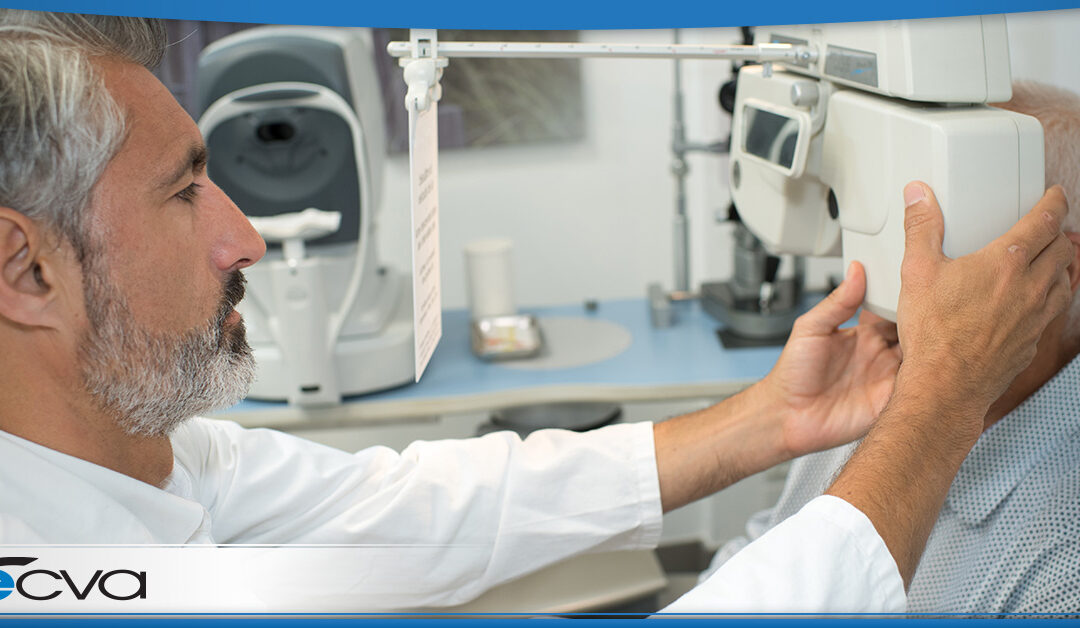
by preichert | Sep 26, 2019 | Uncategorized
When you choose an eye care provider, you are trusting the health of your eyes and quality of your vision to that professional. Many patients mistakenly assume that optometrists and ophthalmologists are the same, particularly since both are doctors that focus on the...

by preichert | Sep 18, 2019 | Uncategorized
When you read your eyeglasses prescription, all you may see is a series of strange numbers and letters. While it looks mysterious, each of those notations has a specific meaning. By understanding what your eyeglasses prescription says, you can learn more about the...




